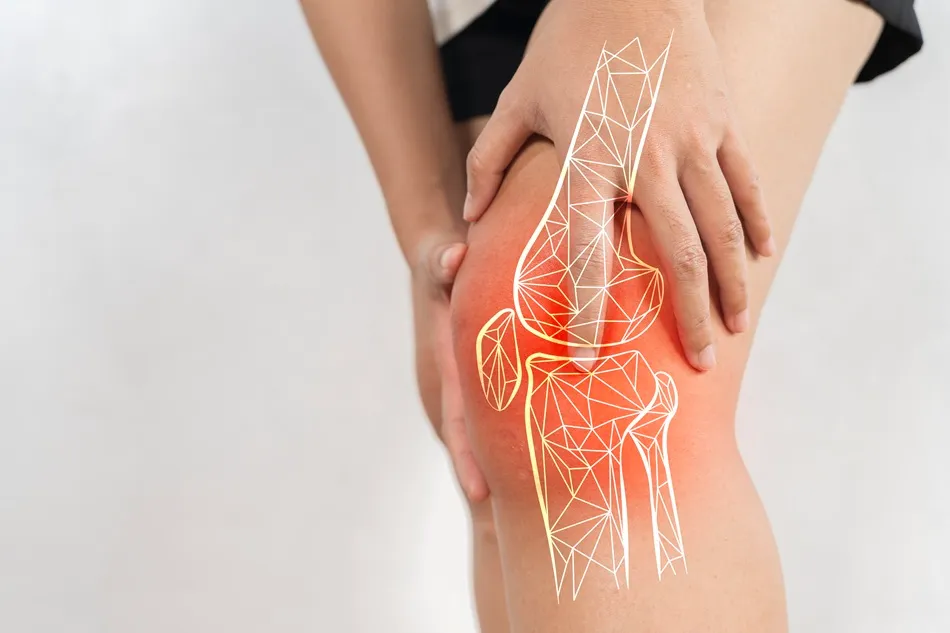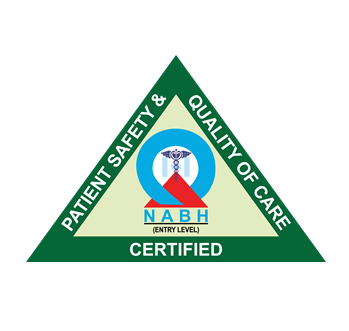
Normal Bone vs Osteoarthritis: What is the Difference?
Your bones and joints allow the body to carryout movements like walking and everyday activities. Joints, such as those in the knee, elbow, hips, shoulders, and even toes, are subject to wear and tear damage. Over time, this wear and tear can give rise to osteoarthritis. But how does osteoarthritis differ from normal bones?
What Are Normal Bones and Joints?
The human skeleton comprises of solid, hardened structural tissues. This gives support and an outline shape to the body which is of utmost importance. The skeleton consists of different joints for bending purposes, such as knees, hips, shoulders, and even toes. These joints also have locations indicated as fingers.
For any health-related concerns, connect with our specialist in just a minute.
Joints have:
- Cartilage: Smoother and soft tissue layer covering the ends of each bone where movement of interaction with other bones and joints occur.
- Synovial Fluid: Slippery fluid acts as oil within a machine, aids in lubricating all the joints in the body.
- Ligaments and Tendons: Connect muscles to the bones while also binding and stabilizing them as tissues.
Healthy state of joints and bones would render a state of uttermost comfort without inflicting pain, inflammation, soreness or stiffness.
What is Osteoarthritis?
Osteoarthritis – is the most diagnosed arthritis type, affecting a large percentage of elderly individuals. This is because aging, injury, or overuse can significantly restrict cartilage in the joints. It may stretch over a long period, but bones gradually begin to scrape against one another once the cartilage wears down. This leads to pain, swelling, and sometimes immobilization.
Primarily impacts joint bones such as the:
- Knees
- Spine
- Hips
- Fingertips and hands
Symptoms of Osteoarthritis
- Swelling: Sensation felt around any joint that has been a shifting feeling when the joint is in use.
- Loss of flexibility: Has difficulty stretching or bending.
- Bone spurs: Additional bone fragments may develop around the joint and can be seen on X-rays.
What Causes Osteoarthritis?
The following can amplify osteoarthritis severity:
- Ageing: Commonly seen in individuals above the age of 50.
- Previous joint injury: Injuries sustained from accidents or repetitive movements.
Diagnosis of Osteoarthritis
If you suffer from joint pain and stiffness, consulting an orthopaedic doctor is suggested. The diagnosis can be done through:
- Medical History and Physical Examination: The doctor will inquire about symptoms and perform checking of the movement within the joint.
- X-rays: To assess joint cavity, bone spurs, and the damage to cartilage.
- MRI (in some cases): Gives detailed images of the cartilage and soft tissues.
- Blood tests: Done to check for other types of arthritis such as rheumatoid arthritis.
Treatment Options for Osteoarthritis
Although there is no permanent solution, osteoarthritis can be effectively managed. Treatment differs based on the severity of the condition:
1. Lifestyle Changes
- Reducing weight can help ease pressure on the joints.
2. Medications
- Pain relief medications such as acetaminophen or paracetamol.
- Nonsteroidal anti-inflammatory medicines (NSAIDs) for pain and swelling.
- Topical ointments or creams to reduce localized discomfort.
3. Physiotherapy
- Joint movement and muscle strengthening exercises.
- Hot/cold pack application to manage inflammation and stiffness.
4. Support Devices
- Braces for the knee, shoe orthotics, and walking aids to reduce joint strain.
5. Injections
- Corticosteroid injections into the joint to alleviate pain and inflammation.
- Injections of hyaluronic acid for joint lubrication.
6. Surgery (if severe)
- Replacement of joints like knees or hips with prostheses is done when other interventions have failed.
Frequently Asked Questions (FAQs)
1. Can young people get osteoarthritis?
Typically associated with older individuals, younger adults can also be affected by the condition due to injury, obesity, or genetic factors.
2. Is there a difference between osteoarthritis and osteoporosis?
Osteoarthritis involves both the joints and cartilage, while osteoporosis is defined by weakened and brittle bones.
3. Does diagnosing me with osteoarthritis automatically mean I will need surgery?
In most cases, no. The condition is well managed by lifestyle changes, medication, and physiotherapy. Surgery is only required in extreme cases.
Have a Health Concern? Connect with our specialist in just 1 minute.📞+91 7866 911 911
Conclusion
Differentiating an osteoarthritis-affected joint from a healthy one is essential in caring for your bones and joints. Diagnosis in the early-stages of symptoms enables effective management through timely intervention, ultimately improving one’s quality of life. If you or a person close to you is experiencing joint pain, seeking assistance from an orthopaedic specialist should be prioritized rather than ignored.


